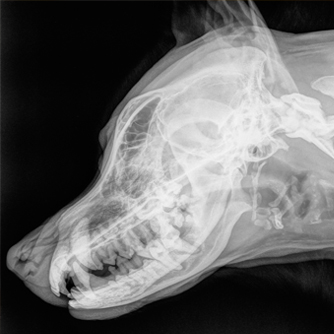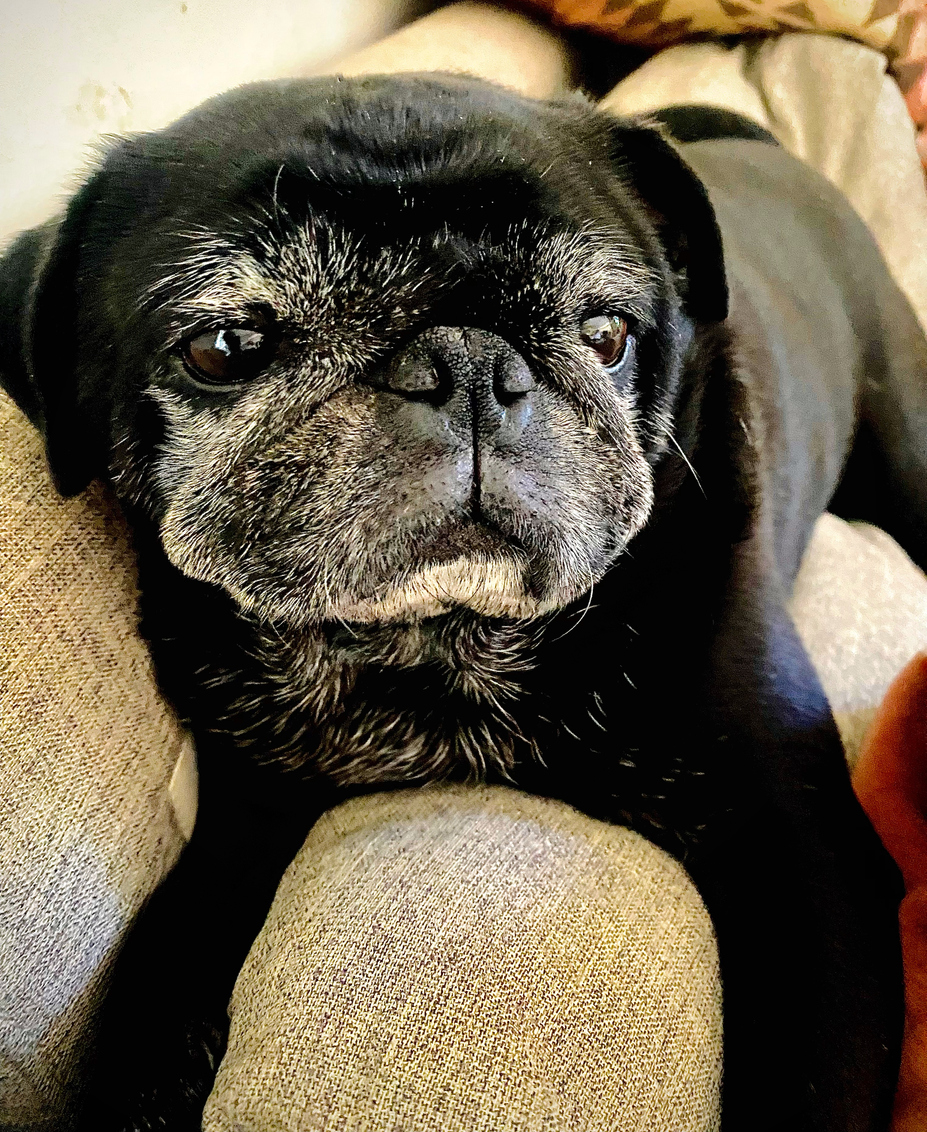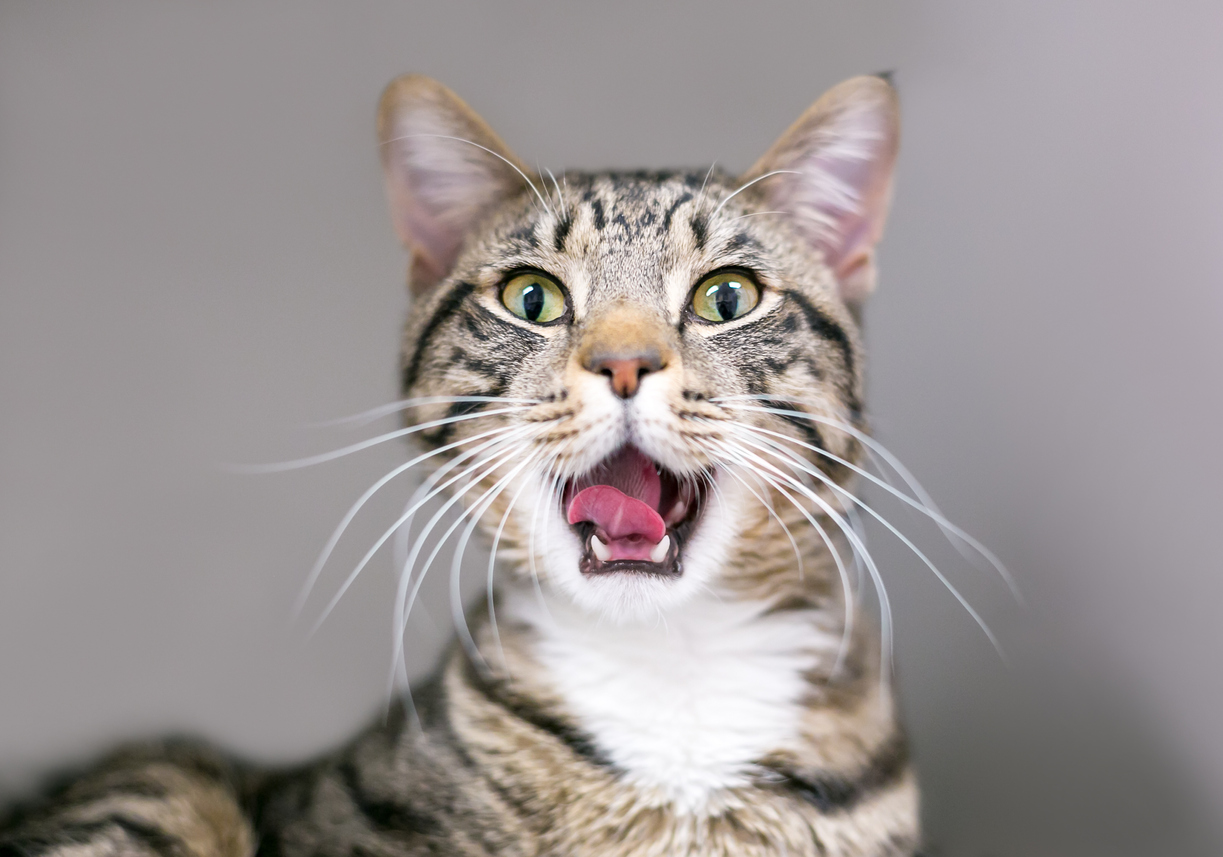Dental Radiology
How are dental X-rays taken in dogs?
Dental X-rays in pets are similar to those taken in humans. An X-ray machine using small amounts of radiation, is used to see the inside of your pet’s teeth and those areas below the gum line that are hidden from view.
Unlike humans, pets need to be under general anesthesia for dental X-rays. Anesthesia is considered to be a safe procedure and will be performed after a general examination. It is tailored to the individual and your pet is continuously monitored during the dental exam. Your veterinarian may perform preanesthetic blood tests to ensure that kidney and liver function are satisfactory prior to administering anesthetic.

Why is it important for my pet to have his teeth X-rayed?
Pets simply cannot tell us when their teeth are diseased, and some pets never show that they are in pain even though they are. In many cases, X-rays are the only way for your veterinarian to know your pet has a serious dental problem that can be treated, relieving discomfort. For example, in the images below, the teeth appear normal, but the X-ray shows severe bone loss due to painful periodontal disease (white arrows). Once the problem is identified your veterinarian can treat the problem, therefore relieving your pet’s discomfort.
Cleaning pet’s teeth without X- rays often results in missed opportunities to improve the quality of life and health of your pet.
How often should my pet’s teeth be X-rayed?
Pets need an oral examination under anesthesia whenever there are missing, discolored, or broken teeth, swollen and inflamed gums, oral growths, or bad breath. Even without any of these signs, pets need to have their mouths X-rayed at least once every year.
Must my pet be anesthetized for X-rays?
Yes, dogs have 42 teeth, cats have 30 that will be X-rayed. They need to be still during the oral assessment, treatment, and prevention procedures. Without anesthesia, the X-ray sensor cannot be accurately placed. After your veterinarian examines your pet and runs necessary preanesthetic tests, anesthesia can be tailored specifically for your pet and closely monitored during procedures. Anesthesia is considered to be very safe.

Should I be concerned about excessive radiation?
No. Veterinarians use only a small amount of radiation to take dental X-rays. There are no reports of adverse radiation effects in pets from this very small amount of exposure.



